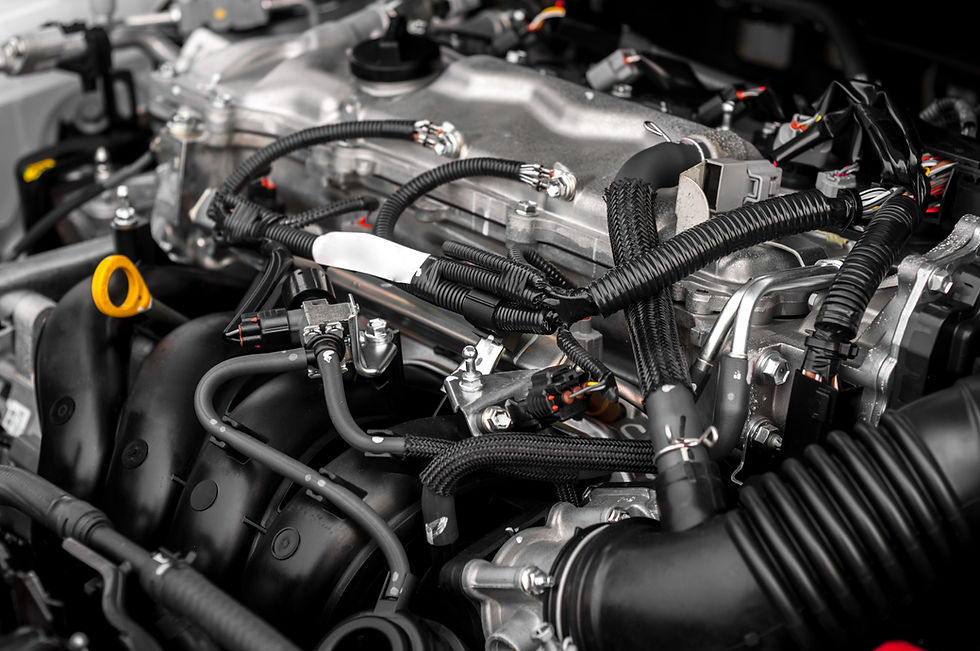Myths in Cars: Fact or Fiction?
- Team Educatified
- Jul 29, 2023
- 2 min read
Updated: Sep 22, 2023

Myths have always played a vital role in human culture, serving as explanations for the unexplained and cautionary tales. The automotive industry is no stranger to these myths, with countless stories circulating about cars and their features. However, it's essential to separate fact from fiction when it comes to making informed decisions as vehicle owners. Let's debunk some of these widespread myths and uncover the truth.
Myth 1: Warming up your engine before driving is necessary.
One prevalent myth suggests that warming up your engine before hitting the road is crucial, especially during cold weather. However, modern cars are equipped with advanced engine management systems that quickly reach optimal temperature, rendering extended idling unnecessary. Gradually driving your car helps warm up all its components efficiently.

Myth 2: Red cars get pulled over more often.
You may have heard the belief that red cars attract more attention from law enforcement officers for speeding or traffic violations. But rest assured, there's no substantial evidence to support this claim. Color doesn't determine whether you get pulled over; rather, it's your driving behavior and adherence to traffic laws that matter.

Myth 3: Premium fuel enhances performance in all cars.
Another common myth suggests that using premium or high-octane fuel improves a car's performance regardless of make or model. In reality, most cars don't require premium fuel unless specified in the owner's manual or recommended by the manufacturer. Using higher-octane fuel when not necessary only leads to unnecessary expenses.

Myth 4: Manual transmission cars are more fuel-efficient than automatics.
While manual transmissions can offer better control and sometimes better fuel efficiency, this isn't universally true for all automatic transmission cars. Advances in technology have made automatic transmissions increasingly efficient, often delivering similar or even superior fuel economy compared to their manual counterparts.

Myth 5: Changing your oil every 3,000 miles is essential.
Regular oil changes are crucial for maintaining engine health, but the once widely accepted rule of changing oil every 3,000 miles isn't universally applicable anymore. Improved automotive technology and higher-quality engine oils now allow most modern vehicles to go longer between oil changes. Following the manufacturer's recommended interval (often 5,000 to 10,000 miles) ensures optimal engine performance.
When it comes to cars, separating fact from fiction is vital. With accurate information and reliable sources, drivers can take better care of their vehicles and make informed decisions about fuel usage and maintenance practices. Remember, relying on facts instead of perpetuating industry myths will lead to a more knowledgeable and enjoyable driving experience in this ever-evolving world of automobiles.





Commentaires